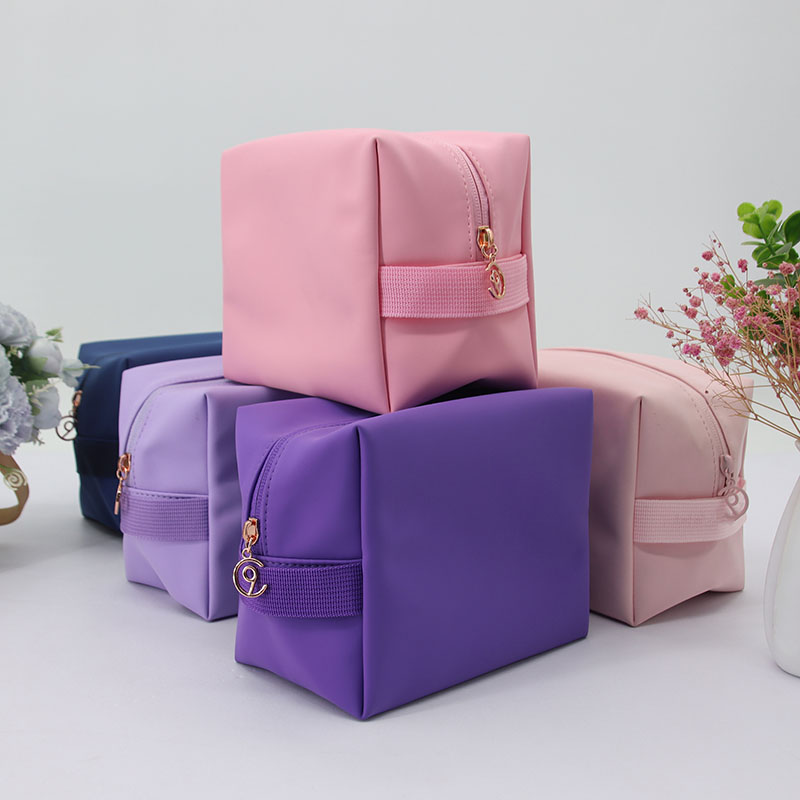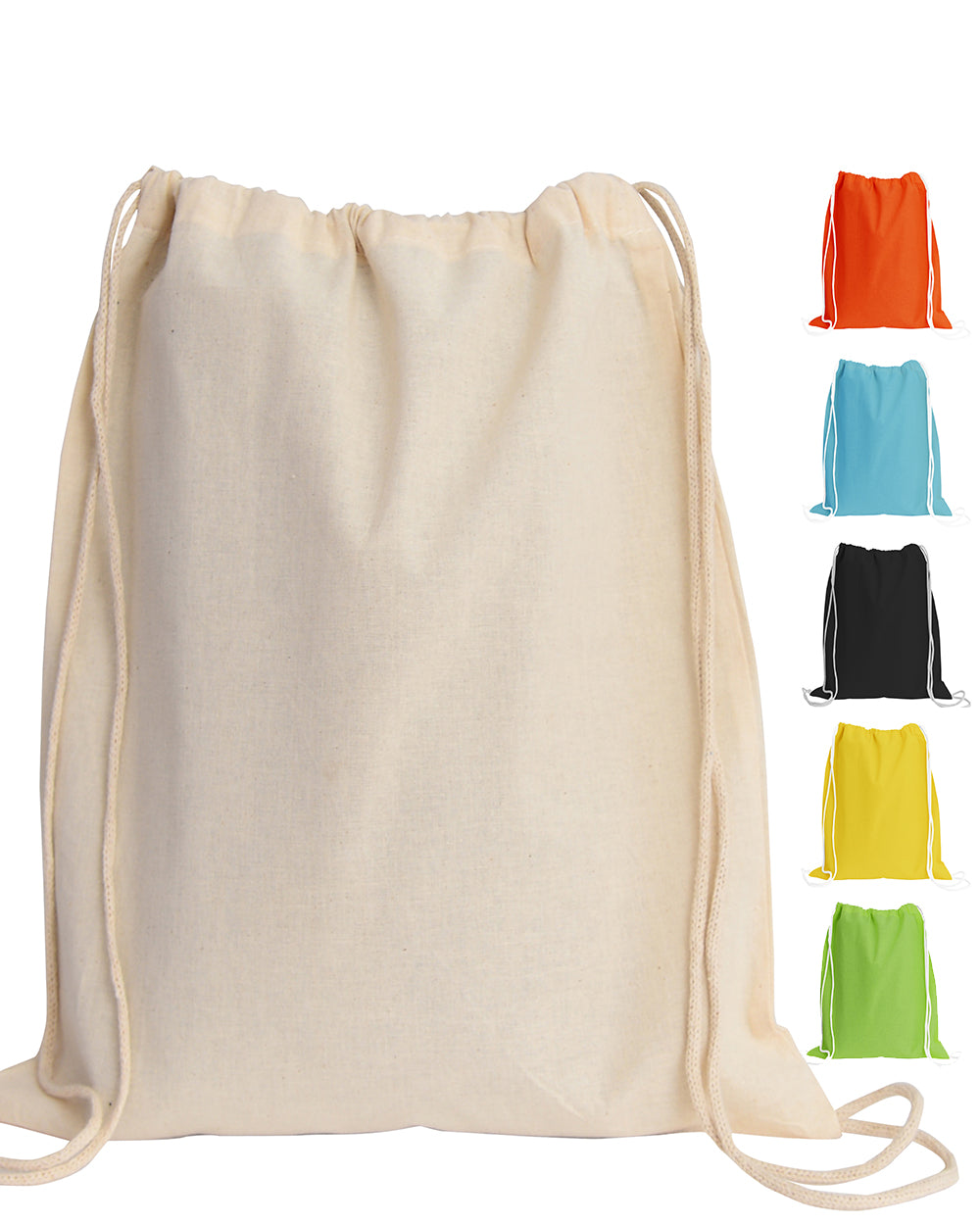JanSport backpacks are primarily manufactured in Asian countries like Vietnam, Cambodia, and Indonesia, managed by their parent company, VF Corporation.
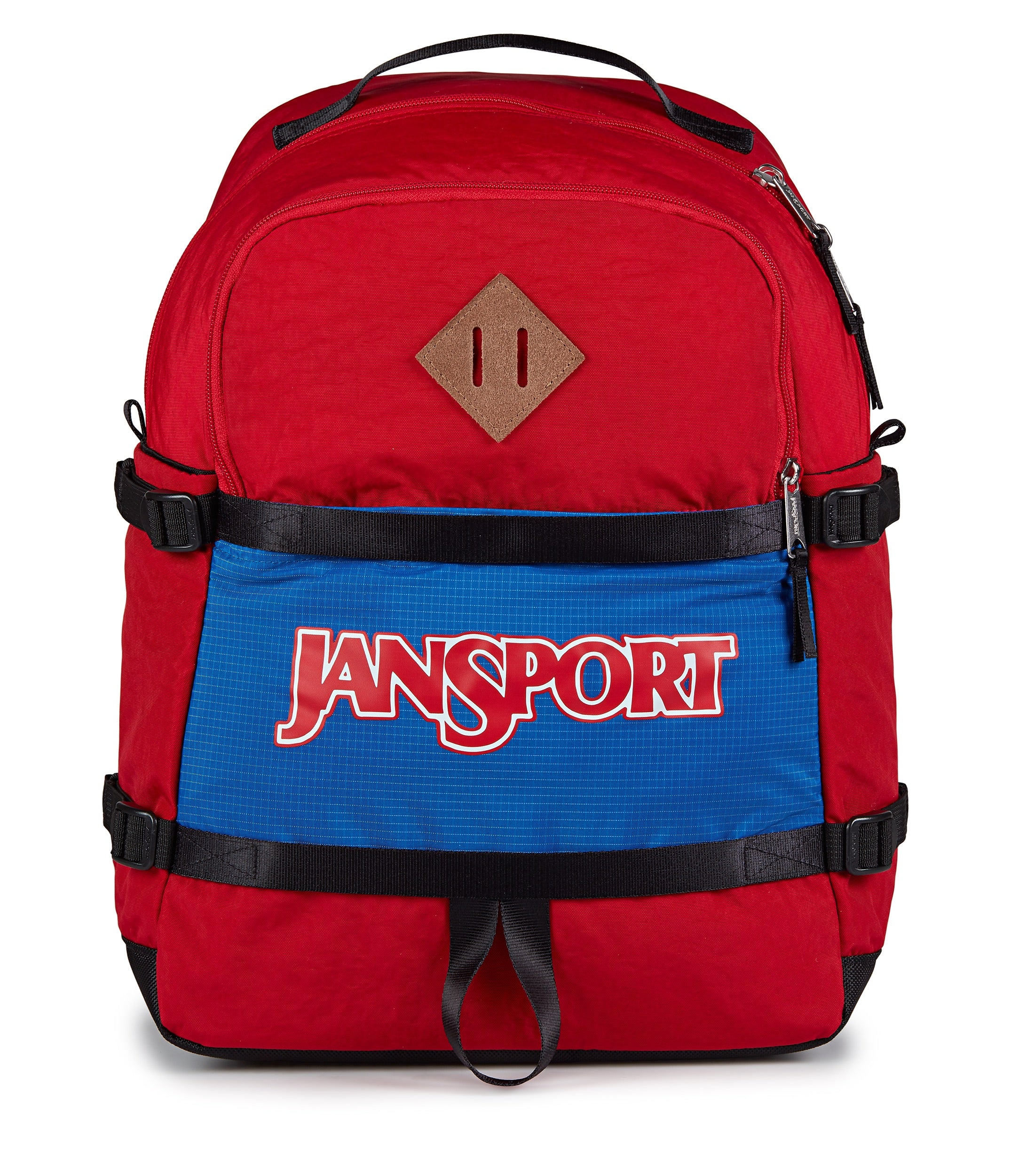
Table of Contents
- The Origins of an American Icon
- Why Did JanSport Move Production Overseas?
- Pinpointing JanSport’s Current Manufacturing Hubs
- How Does JanSport Maintain Quality Control Abroad?
- Ethical Considerations in Global Manufacturing
- The Alternative: The Appeal of Handcrafted Backpacks
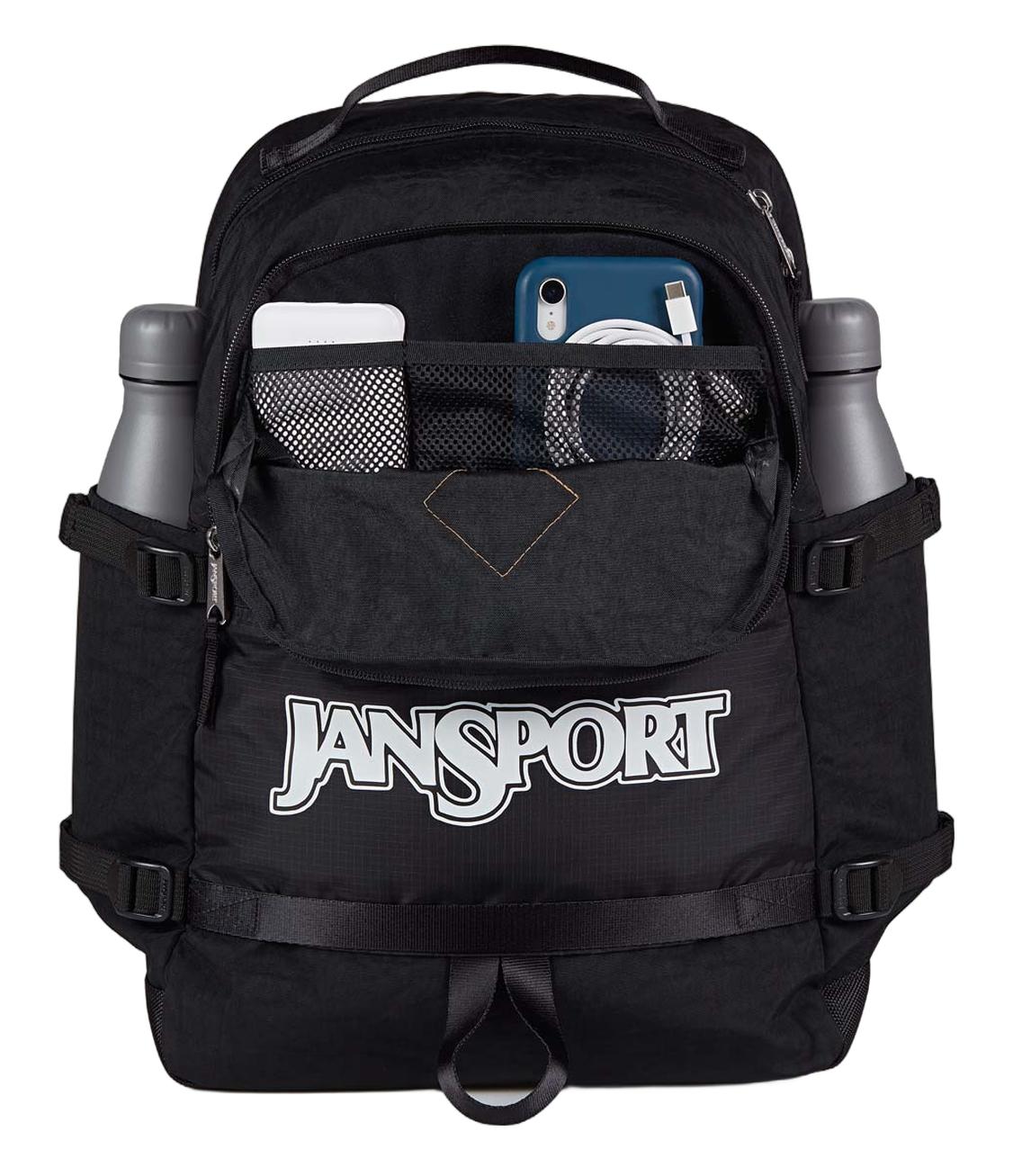
The simple, durable JanSport backpack is a cultural touchstone, recognized in school hallways and on university campuses worldwide. For decades, its iconic silhouette has been synonymous with youthful adventure and practicality. While the brand’s identity is deeply rooted in its American heritage, the journey of how and where these backpacks are made tells a larger story about modern global commerce. Understanding this transition from a small Seattle workshop to a vast international supply chain reveals the complexities of contemporary manufacturing.
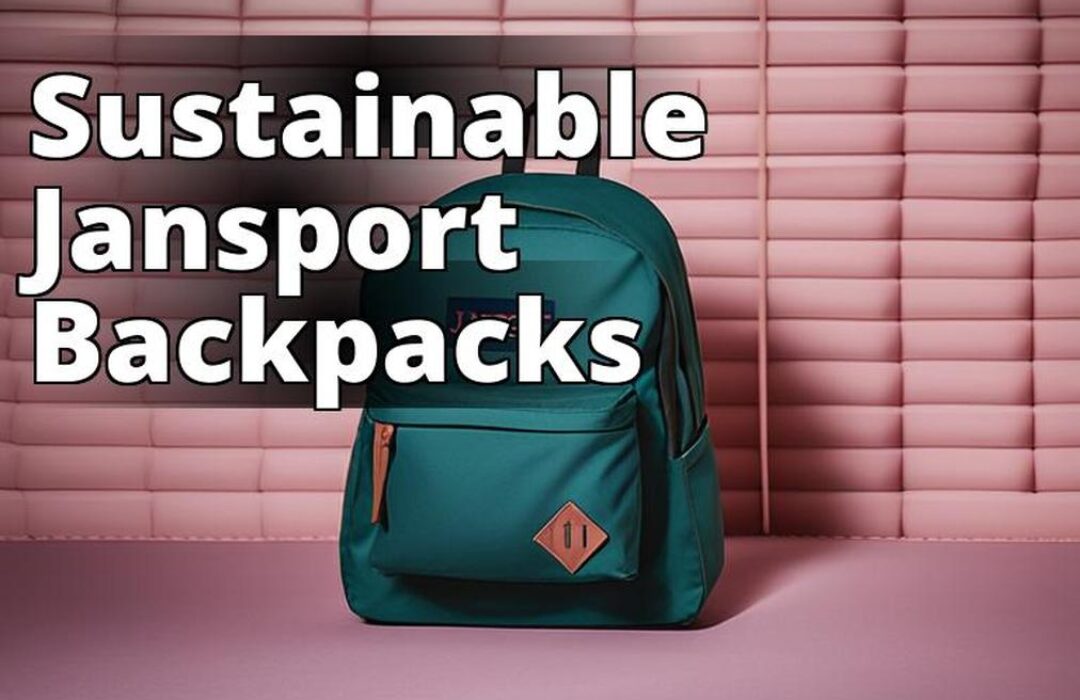
The Origins of an American Icon
JanSport was born in 1969 in Seattle, Washington, out of a passion for outdoor adventure and a knack for innovation. The company was founded by three friends: Murray Pletz, an engineer; his cousin Skip Yowell, an outdoor enthusiast; and Jan Lewis, a talented seamstress. The original inspiration struck when Pletz designed an innovative external frame backpack but struggled to sew it. He enlisted the help of his girlfriend, Jan, who not only perfected the design but also became the brand’s namesake. The promise was simple: Murray would sell the packs if Jan would sew them.
In the beginning, all production took place in a small workshop above a transmission shop in Seattle. Every backpack was designed, cut, and sewn locally. This hands-on, American-made approach defined the brand’s early years, building a reputation for rugged quality and reliability. The designs were tested on the mountains of the Pacific Northwest, ensuring they could withstand real-world use. This commitment to durability, established in those early days, remains a core part of the brand’s identity even as its manufacturing footprint has changed dramatically.
Why Did JanSport Move Production Overseas?
The shift from domestic to international manufacturing was not unique to JanSport but part of a broader economic trend that reshaped countless industries. As the brand’s popularity surged in the 1980s and 1990s, the demand for its backpacks grew exponentially. To meet this demand while keeping prices accessible for its core student demographic, the company needed to scale up its production capabilities in a way that was not feasible within the United States alone.
The primary driver for moving production overseas was cost-effectiveness. Labor and operational costs in developing nations were significantly lower, allowing the company to produce backpacks at a fraction of the cost of domestic manufacturing. This economic advantage enabled JanSport to maintain its competitive price point in the market. Furthermore, partnering with large-scale international factories provided access to advanced manufacturing technologies and a massive labor force, facilitating the production of millions of units annually to supply a global market. This strategic move was essential for transforming JanSport from a niche outdoor brand into the international backpack giant it is today.
Pinpointing JanSport’s Current Manufacturing Hubs
Today, JanSport is owned by the VF Corporation, a massive apparel and footwear conglomerate that also manages brands like The North Face, Vans, and Timberland. Under VF Corporation’s management, JanSport’s manufacturing is integrated into a sophisticated and geographically diverse supply chain. While the company does not typically disclose the specific addresses of its partner factories for security and proprietary reasons, the bulk of its production is concentrated in Southeast Asia.
The primary countries responsible for manufacturing JanSport backpacks are Vietnam, Cambodia, and Indonesia. These nations have become global hubs for textile and apparel production due to their established infrastructure, skilled labor force, and favorable trade agreements. VF Corporation operates and partners with numerous facilities in these regions, leveraging their capacity to produce high-volume, quality goods. This globalized model allows for efficient production and distribution to markets around the world.
Major JanSport Manufacturing Regions
| Country | Role in Production | Key Advantages |
|---|---|---|
| Vietnam | Primary manufacturing and assembly of backpacks. | Skilled workforce, modern facilities, stable economic environment. |
| Cambodia | Significant hub for cutting, sewing, and assembly. | Competitive labor costs, growing manufacturing sector. |
| Indonesia | A key location for backpack production and material sourcing. | Large population, established textile industry. |
How Does JanSport Maintain Quality Control Abroad?
A common concern with overseas manufacturing is the potential for diminished quality. However, JanSport has built its reputation on durability, a promise it upholds with its famous lifetime warranty. To ensure its products meet established standards regardless of where they are made, the brand relies on the stringent quality control protocols set by its parent company, VF Corporation.
VF Corporation enforces a comprehensive set of standards for all its partner factories. This includes rigorous checks on raw materials, from zippers to fabrics, to ensure they meet durability and safety requirements. Throughout the production process, on-site quality assurance teams and third-party auditors conduct regular inspections to monitor everything from stitching consistency to structural integrity. Any products that fail to meet these strict benchmarks are rejected. The lifetime warranty serves as the ultimate proof of the company’s confidence in its manufacturing processes, assuring customers that their backpack is built to last.
Ethical Considerations in Global Manufacturing
Large-scale overseas production inevitably raises questions about labor practices and environmental impact. Consumers are increasingly concerned with whether the products they buy are made under fair and humane conditions. As a major global player, VF Corporation has established public-facing policies regarding ethical sourcing and corporate responsibility to address these concerns.
The company maintains a code of conduct for its suppliers, which outlines requirements for worker safety, fair wages, and reasonable working hours. It also prohibits the use of child labor and forced labor. Factories are subject to regular social compliance audits to ensure they adhere to these standards. While the apparel industry as a whole faces ongoing scrutiny and challenges in enforcing these codes perfectly across a vast and complex supply chain, VF Corporation has publicly committed to transparency and continuous improvement in its sustainability and labor practices. These efforts are crucial for maintaining brand reputation and consumer trust in a socially conscious marketplace.
The Alternative: The Appeal of Handcrafted Backpacks
The global mass-production model, while efficient, is not the only option for consumers seeking a reliable and stylish backpack. In response to the uniformity of mass-market goods, there is a growing appreciation for products defined by craftsmanship, superior materials, and a transparent production story. This movement prioritizes longevity and timeless design over fleeting trends.
Brands that focus on artisanal production offer a distinct alternative. Instead of nylon and polyester, these makers often use materials like full-grain leather, known for its exceptional durability and ability to develop a unique patina over time. The construction process is meticulous, with skilled artisans crafting each piece by hand. This attention to detail results in a product that is not just a utility item but a long-term investment in quality and style.
For those who value this approach, Beldturaleather represents the pinnacle of modern craftsmanship. Our collection of leather backpacks is designed for individuals who demand both function and enduring elegance. Each bag is handcrafted from premium full-grain leather, ensuring it can withstand the rigors of daily life while aging beautifully. Choosing a Beldturaleather backpack means opting for a piece built with personal care and a commitment to quality that stands in clear contrast to the global assembly line.

